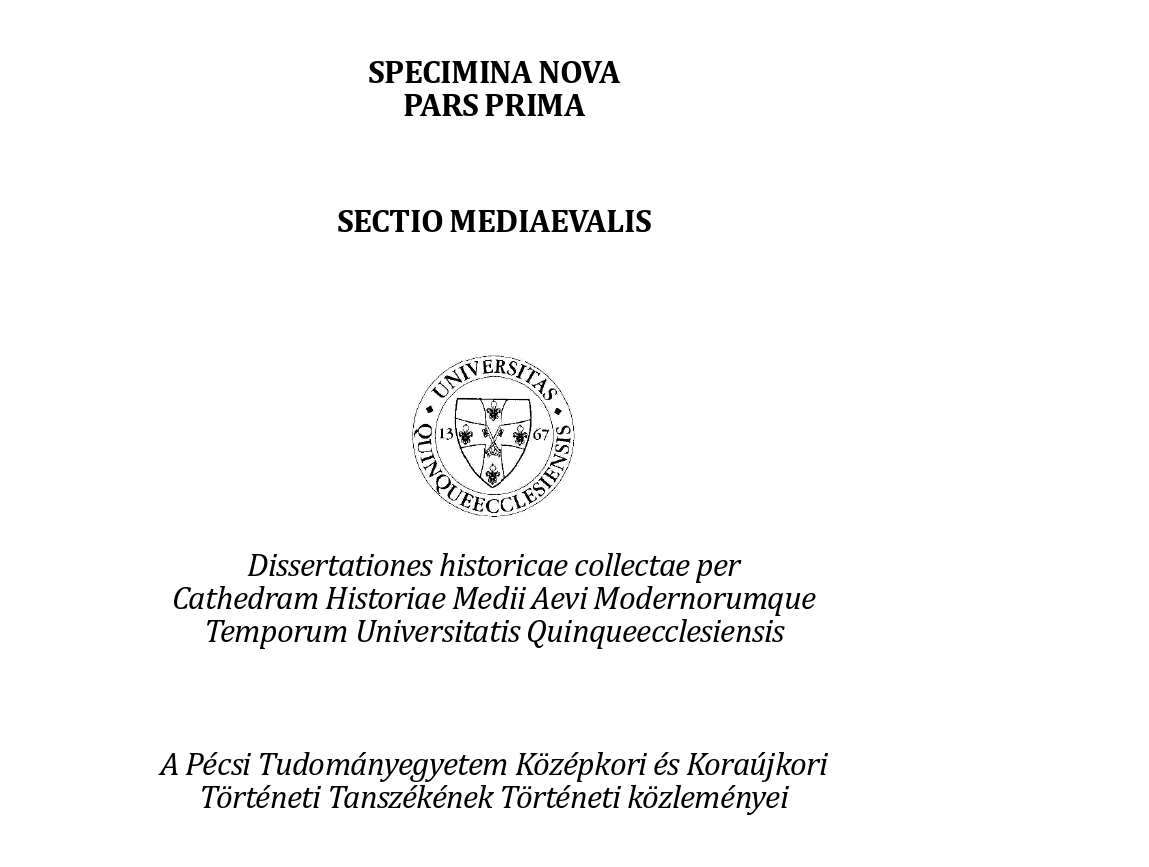Die Papsturkunde als Produkt unterschiedlicher Rechtsvorstellungen am Beispiel der päpstlichen Beziehungen zum Erzbistum Toledo Ende des 11. Jahrhunderts
DOI:
https://doi.org/10.15170/SPMNNV.2011.06.03Keywords:
Papacy, Toledo, primacy, Reconquest, Pope Urban II, papal legation, Decretales Pseudo-Isidorianae, Collectio HispanaAbstract
This article deals with the question, how and why the archbishopric of Toledo could achieve the restoration of its old status as seat of the primas over the whole Iberian Peninsula in 1088 from Pope Urban II. Only 20 years before the African Moors invaded the Iberian Peninsula in 711 the Toledan primacy had been set up by the Visigothic kings. In those times the Roman Papacy played no special role in Visigothic ecclesiastical affairs. But at the end of the 11th century the papacy claimed to be the leader of the whole Christian church, so why did Urban II affirm the claims for primacy of Toledo that should turn Archbishop Bernard of Toledo into a rival of the papal claims for primacy on the Iberian Peninsula? In the opinion of the author two different traditions of canon law clashed in 1088, when archbishop Bernard tried to come to terms with Pope Urban II in the question of the Toledan primacy: on the one hand the Collectio Hispana, containing old visigothic ecclesiastical law, and on the other hand the Decretales Pseudo-Isidorianae from the 9th century.


